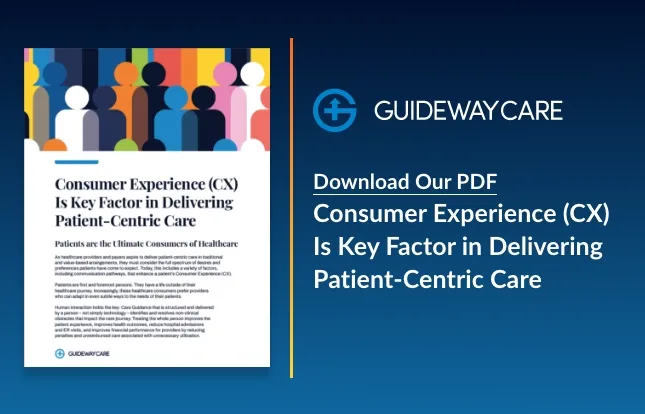Patient Engagement Strategies for Improving Patient Activation

Patient engagement has become critical in improving outcomes as the healthcare industry moves from a volume to a value-based care model. According to the American Journal of Medicine, around 50% of patients with chronic disease do not get clinical benefit from treatment because of poor compliance with medication regimens. Hence, it is essential to incorporate effective patient engagement strategies into healthcare delivery to ensure improved outcomes.
Read more:Patient Activation Advances Health Equity In Value-based Care
Here are the most effective patient engagement strategies for improving outcomes:
1) Provide Clear and Concise Health Information
Patients with chronic ailments like cancer, heart disease, and diabetes are usually overloaded with information on their condition. Providing clear, concise health information can help patients understand their condition better and motivate them to comply with the prescribed treatment regimen. Presenting this information in multiple formats, such as videos, pamphlets, e-books, and even social media posts, can make it easier for patients to understand and retain the essential details.
2) Foster Patient-Provider Partnerships
Allowing patients to become active partners in their care can significantly impact outcomes. Providers should create space for patient input, explain medical information, and ask questions that are easy to understand. This will ensure that patients feel empowered to make honest decisions about their care.
Shared decision-making describes a process wherein patients and providers work together to make crucial decisions about health care. When patients are involved in the decision-making process and can take ownership of their health, they become more actively engaged in their care.
3) Utilize Technology
Leveraging technology is essential for providing a practical patient engagement experience. Patient portals, mobile health applications, and clinician-patient communication platforms are some technological solutions that can improve patient engagement. These tools allow patients to access their medical records, track their health data, communicate with physicians, and receive timely reminders or updates about their treatments. By utilizing technology, you can help your patients actively monitor and manage their care.
4) Streamline Payment Processes
Many patients become discouraged by complex and lengthy payment procedures. To improve patient engagement, it’s essential to simplify the billing process and provide multiple options for payment. Setting up a secure online portal can make it easier for your patients to make payments quickly. Additionally, explaining your billing policies and providing financial counseling can ensure that patients understand what they owe and how to pay it back.
5) Incorporate Incentives
Incentives are the best way to motivate your patients to become engaged in their care plans. Rewarding them for taking an active role in their health by offering discounts or rewards for achieving goals can drastically improve patient activation and outcomes. It’s important to note that incentives should be tailored to each patient, as people will respond differently based on their preferences.
6) Deliver Continuous and Remote Support
Continuous support is essential for building strong relationships between patients and care teams. This can be achieved through virtual visits that connect patients with their providers and remote monitoring of vital signs to track progress. Additionally, providing access to a health coach or other support personnel can help ensure that questions and concerns are addressed promptly, increasing engagement and patient outcomes.
Contact Guideway Care for patient activation platform and solutions. Our solutions address the needs of patients and healthcare providers alike by providing patient engagement strategies that benefit everyone.
Contact Us Today To Learn How We Can Help
"*" indicates required fields




